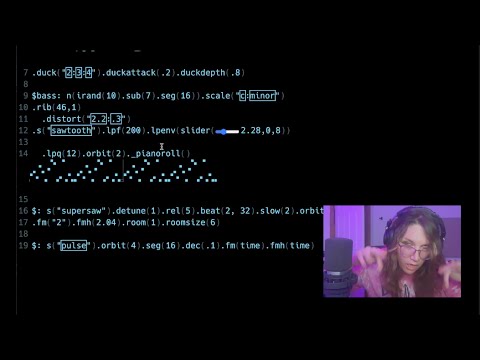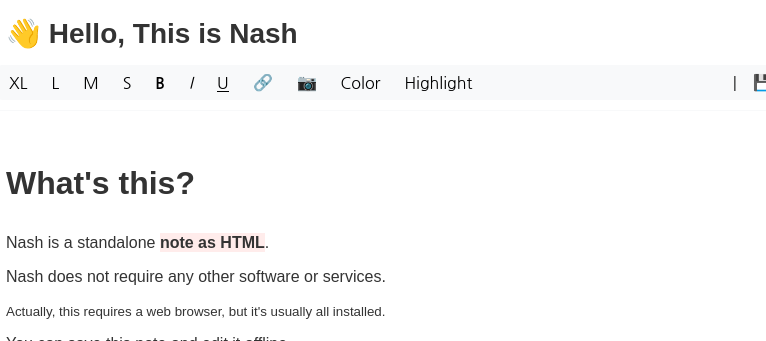RSS.Style: Better UX for your RSS and Atom feeds!

In true old-skool fashion, even my RSS feeds are now also
viewable in the browser, thanks to the
XSLT stylesheets from rss.style. They rewrite the
XML into something a browser can render. Obviously using a proper RSS
reader, like Thunderbird is better, but hey!
This is already a bit older, but I'm still amazed of how much is possible
when using one of the state of the art engines (and lots of custom code,
I suppose). But this is certainly nice eye-candy. Hopefully, the story and
writing of the game will hold up the mark set by The Witcher 3.

The Witcher 4 - Gameplay UE 5.6 Tech Demo | State of Unreal 2025 - YouTube
A colleague reminded me of this:
2 Minute Acid with Strudel

Strudel is very much like Supercollider / Sonic Pi, but
as a (Haskel and) Javascript library that can do live editing in the browser.
They also have a
tutorial .
What I like about this are the built-in sliders / visualizers. Connecting
this to MIDI inputs
for live performances could also be fun, if I
was doing live performances or performances at all.
For some time, I've been wondering what the income structure of YouTube (and other) video bloggers
looks like. There always was some secrecy about it, likely imposed by the contracts
the people have with YouTube.
This post talks about the revenue
structure. The summary is that you get 1ct per view, but there is a minimum number of videos/views/hours you
need to meet.
The main revenue still seems to come directly from merchandising, stream sponsors and other advertising that's separate
in the advertising that YouTube sells.

Nash is a quite simple (and nice) document editor in a single-page . It does not handle markdown, but on the upside, it has a convenient enough toolbar to handle formatting the content.
This is not unlike my note taking app , but mine uses a backend to save the files in a central location. Nash uses the "share" and "download" functionalities of the containing browser instead.
Nash sports only a single toolbar, while my app has a top and a bottom toolbat. This is a ggd inspiration to reorganie my toolbars and see if I can reduce them to a single toolbar or at least reorganize the actions.



